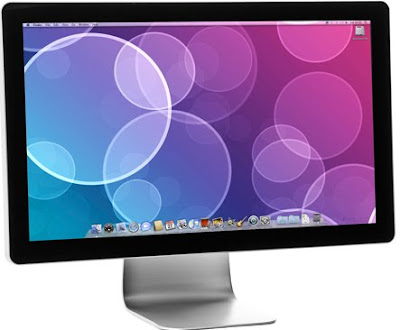 If you get your printer connected to the Google Cloud service, you may get any print from a smart phone or your computer system. Modern printers may get automatically connected to Google Chrome. However, if you have a classic printer, you have to use the Google Chrome browser to connect to Google Cloud. You may enable Google CloudPrint in Google Chrome yourself or hire the services of a computer repair tech support.
If you get your printer connected to the Google Cloud service, you may get any print from a smart phone or your computer system. Modern printers may get automatically connected to Google Chrome. However, if you have a classic printer, you have to use the Google Chrome browser to connect to Google Cloud. You may enable Google CloudPrint in Google Chrome yourself or hire the services of a computer repair tech support.• Step 1: You have to open the Google Chrome browser and then type chrome://settings/advanced in the location bar or the omnibar. Now the user must press the Enter key for opening the advanced settings page in the browser.
• Step 2: The user must scroll down the list of options available and click on the button labeled Sign in to Google CloudPrint.
• Step 3: For setting up Google CloudPrint, the user will be asked to sign in with his/her Google account. Now the users must type in their username and password and then click Sign In.
• Step 4: There will be a success dialog notifying that Google CloudPrint has been enabled on your system. The user may get a test page printed by clicking on the tab labeled Print a Test Page in order to check whether the service is working properly. The testing part is optional.
It will now be possible for the users to print to printers available on a certain machine using Google Docs for mobile, Gmail for mobile, and other options. For further assistance on PC issues, contact a service that offers PC solutions.








 If you use Mozilla Firefox and work by opening a lot of tabs and then suddenly make an attempt to close the main Firefox window, there will be a default message displayed that asks the user if he/she wants the browser to save the open tabs for the next time that the browser starts. If you had accidently checked the box that is labeled “
If you use Mozilla Firefox and work by opening a lot of tabs and then suddenly make an attempt to close the main Firefox window, there will be a default message displayed that asks the user if he/she wants the browser to save the open tabs for the next time that the browser starts. If you had accidently checked the box that is labeled “






 When you are trying to take a screenshot of Windows Media player at a time it is playing a video or a song, know that the under the Windows Media Player 9 and 10 category, the screen shot feature is built in for MPEG and MPEG2 content.
When you are trying to take a screenshot of Windows Media player at a time it is playing a video or a song, know that the under the Windows Media Player 9 and 10 category, the screen shot feature is built in for MPEG and MPEG2 content.











